14 Signs Your Cat Struggles With Social Skills (And How To Fix It)
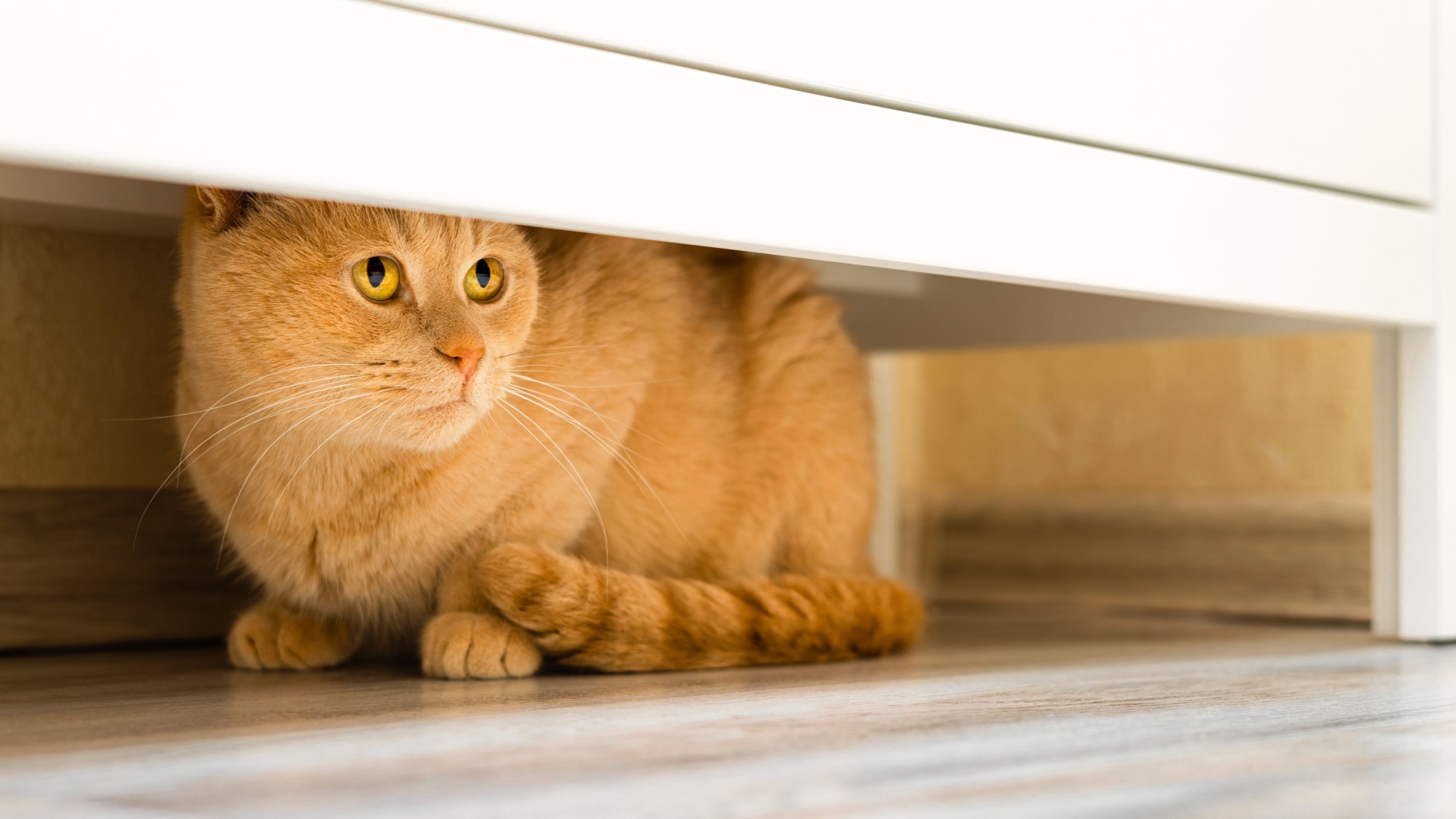
Cats are known for their independent nature, but did you know that some of them might struggle with social skills?
Just like humans, our feline friends can experience social awkwardness, leading to unusual behaviors and misunderstandings. Recognizing these signs can help create a more harmonious relationship with your kitty.
Here’s a list of signs that your cat might be socially challenged, along with tips to help them navigate the world of feline friendships.
1. Aloofness In Company
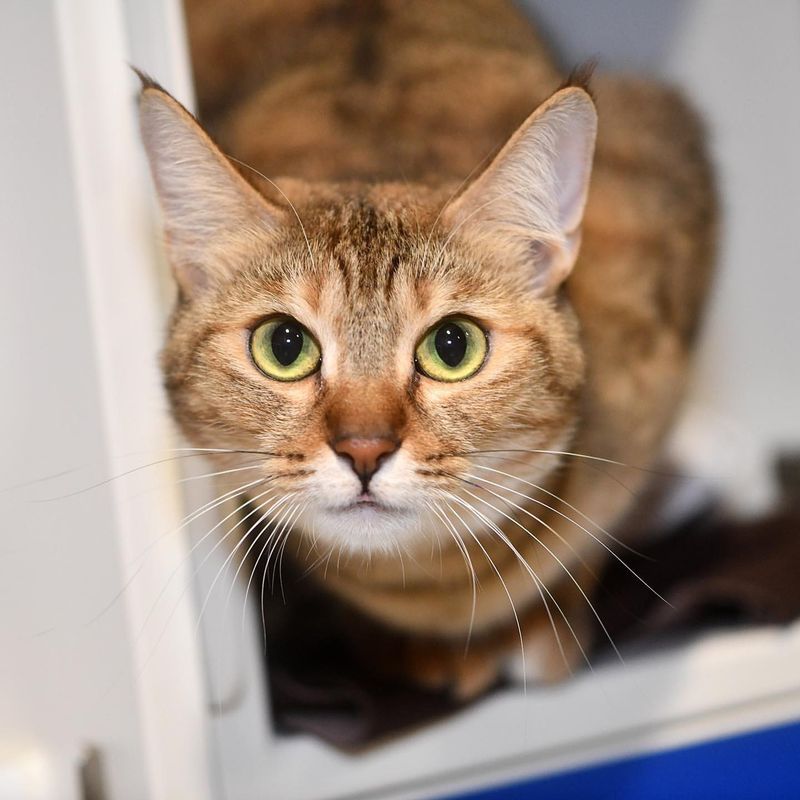
Does your cat often choose solitude over socializing? While some cats are naturally independent, excessive aloofness may suggest your kitty struggles with social skills. Imagine a party where everyone mingles, except your feline friend, who opts for a quiet corner. This behavior could stem from anxiety or simply a lack of social experience.
To help your cat break out of its shell, consider arranging more interactive playtimes with other cats or humans. Start small, introducing them to calm environments where they can slowly get accustomed to more company. Patience is key; it might take time for your cat to open up.
Remember, forcing social situations can backfire. Instead, let your cat approach others at their own pace. With gentle encouragement and positive reinforcement, your aloof cat might just become the life of the party!
2. Avoidance Of Eye Contact

Have you noticed your cat shying away from eye contact? This seemingly minor behavior can be a major indicator of social discomfort. Cats use eye contact as a form of communication, and avoiding it might suggest they’re feeling anxious or threatened.
Try engaging your cat with slow blinking, a feline-friendly sign of trust and affection. This subtle gesture can reassure your kitty that you mean no harm. Additionally, you can encourage eye contact through play, using toys that require them to focus and engage.
Building trust takes time, so be patient and consistent. By slowly introducing activities that promote positive eye contact, you’ll be helping your cat feel more secure and confident in your presence.
3. Hissing At Strangers
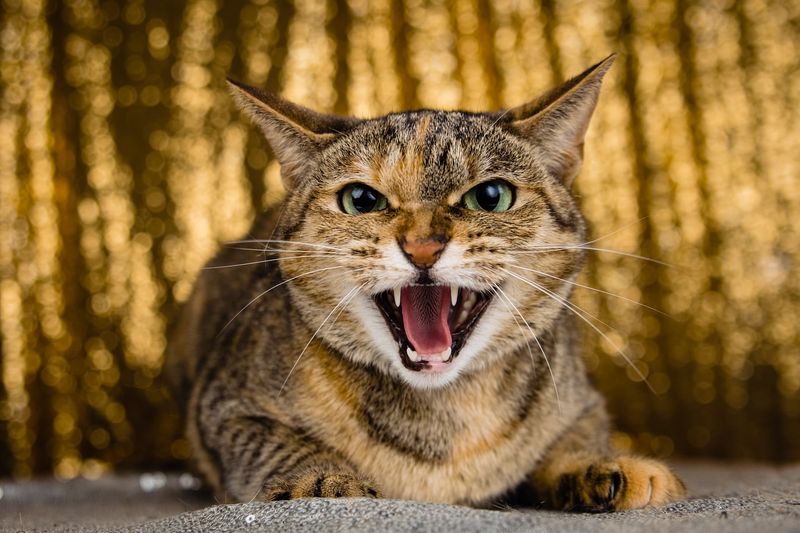
Hissing is a clear sign that something is amiss in your cat’s social world. While it’s normal for cats to hiss occasionally, frequent hissing at strangers could indicate a struggle with socialization. It’s their way of saying, “Back off, I’m not comfortable!”
To ease this behavior, gradual introduction to new faces is vital. Start by allowing your cat to observe strangers from a safe distance, rewarding them with treats for calm behavior. Over time, they might begin to associate visitors with positive experiences.
Creating a safe space where your cat can retreat is also important. This allows them to feel secure while they adjust to new people. With patience and the right approach, your cat’s growls can turn into purrs of contentment.
4. Lack Of Playfulness

Is your cat a bit of a couch potato, showing little interest in playing? A lack of playfulness might signal social challenges. Play is an essential part of a cat’s social development, helping them hone their instincts and interact with others.
To spark your cat’s playful side, try introducing new toys and games. Sometimes, a simple change in routine or environment can reignite their interest. Interactive toys or puzzles that stimulate their mind and hunting instincts can be especially effective.
Don’t forget to join in! Your involvement can encourage your kitty to break out of their shell. By creating a playful atmosphere, you can help your cat rediscover the joy of play, enhancing their social skills along the way.
5. Over-Grooming
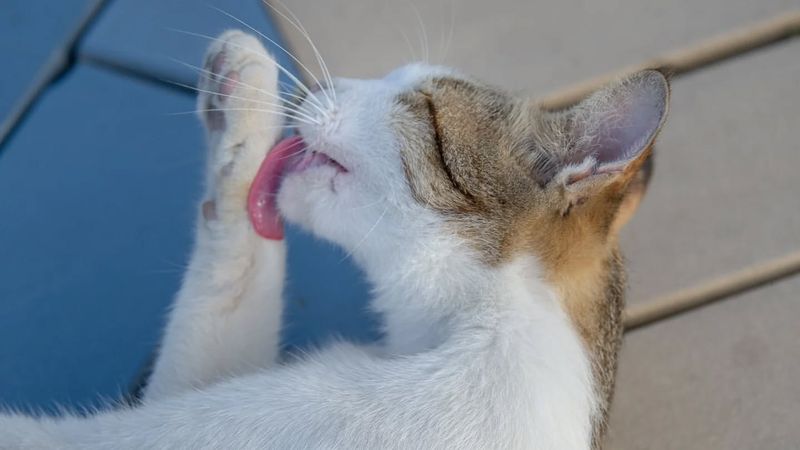
Over-grooming is more than just a beauty routine for cats; it can be a sign of social stress or anxiety. If your feline friend is constantly licking or biting their fur, leaving bald spots, it could be their way of coping with social challenges.
The key to addressing over-grooming lies in identifying its root cause. Is it a new pet in the house, or perhaps a change in routine? Understanding what might be triggering your cat’s behavior can help you find ways to alleviate their stress.
Introducing calming activities, such as gentle petting sessions or soothing music, can create a more relaxed environment. Consulting a veterinarian might also be necessary to rule out any medical issues. With the right approach, you can help your cat feel more at ease in their surroundings.
6. Aggression Towards Other Cats
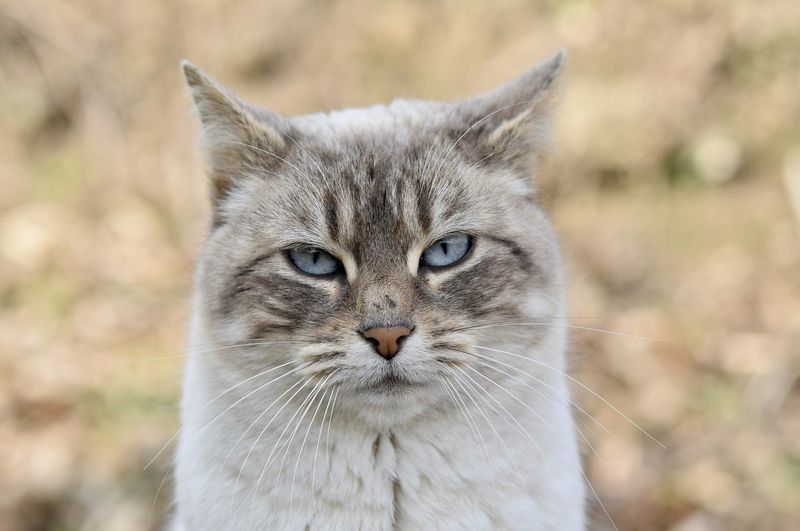
Does your cat often pick fights with their fellow felines? Aggression towards other cats can be a telltale sign of social difficulties. It might stem from territorial instincts or simply a lack of socialization.
To address this behavior, gradual and controlled introductions to other cats are crucial. Begin by allowing them to sniff each other’s scent through a door or baby gate. This non-threatening interaction can help them get used to each other’s presence.
Positive reinforcement, such as treats and praise for calm behavior, can foster a more harmonious relationship. Over time, your cat might learn to share their space without resorting to aggressive tactics. With patience and understanding, you can help transform their hostility into friendship.
7. Fear Of Loud Noises
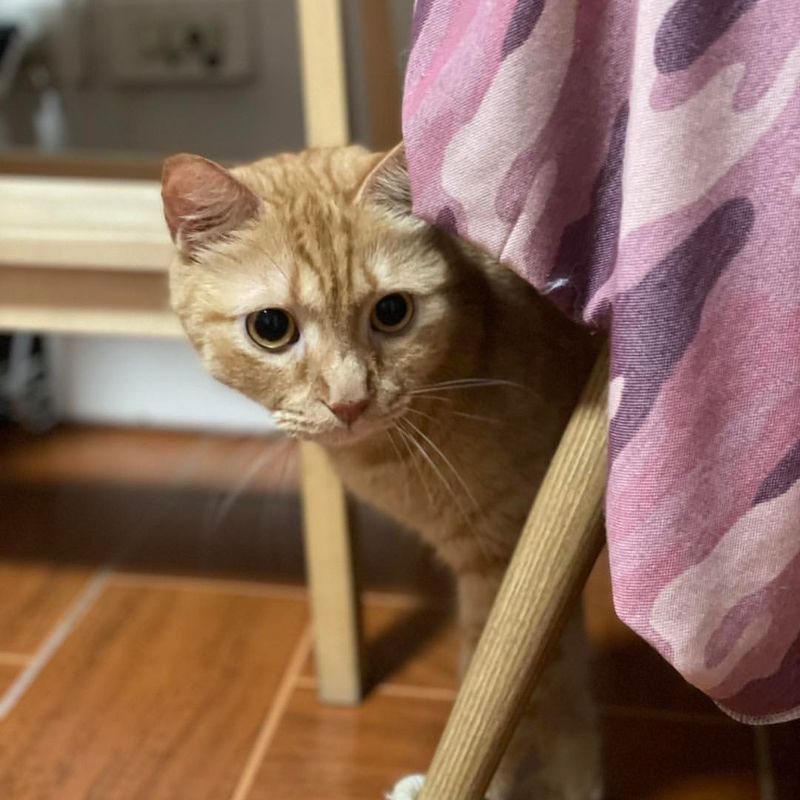
Is your cat terrified of loud noises, scurrying away at the slightest sound? This fear could be linked to underlying social issues, as anxious cats often struggle with social interactions.
To help your cat overcome this fear, create a safe and comforting environment. A cozy hideaway, complete with soft bedding and familiar scents, can provide a sense of security during noisy events.
Gradual desensitization might also be beneficial. By playing recordings of various sounds at a low volume and gradually increasing it, you can help your cat get accustomed to noise. Coupled with positive reinforcement, this approach can build their confidence, reducing their fear over time.
8. Clinginess
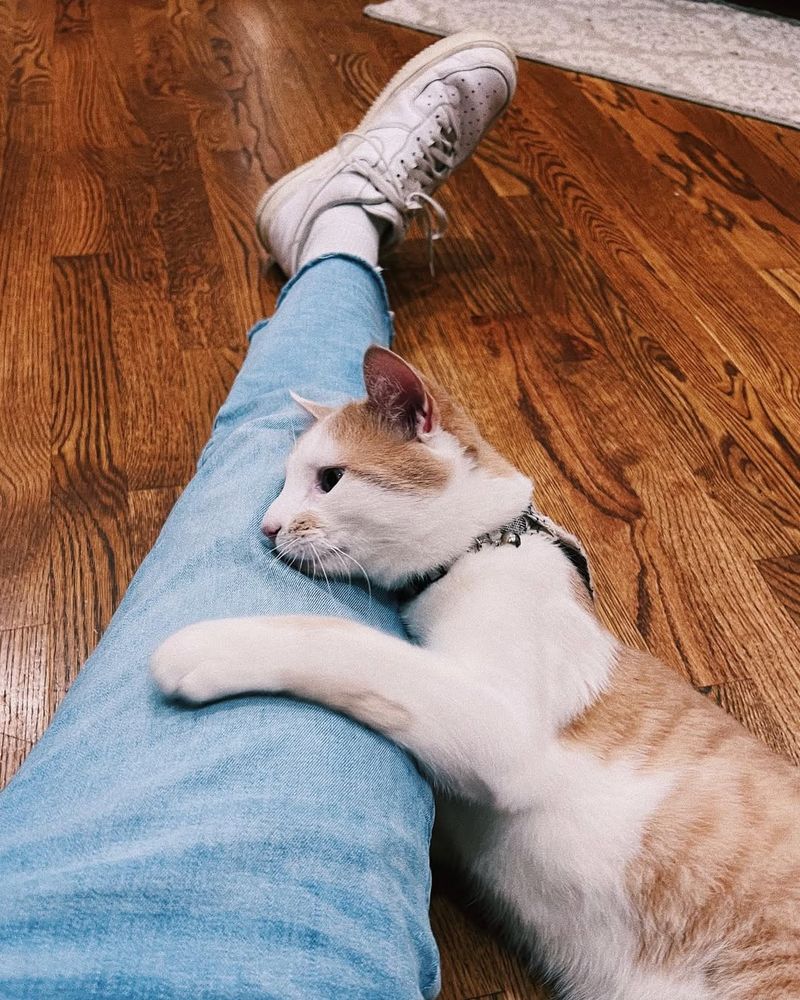
Clinginess might seem endearing, but it can indicate social insecurities in your cat. If your feline shadow can’t bear to be apart from you, it could be a sign that they’re struggling to feel secure on their own.
To help your cat become more independent, encourage solo play by scattering toys around the house. Interactive feeders or puzzles can keep them occupied while you’re away.
Building their confidence through gradual separation is also key. Start by leaving the room for short periods and gradually extending the time. Reward them for calm behavior with treats or affection. This way, your cat can learn to enjoy some me-time without feeling anxious.
9. Excessive Vocalization
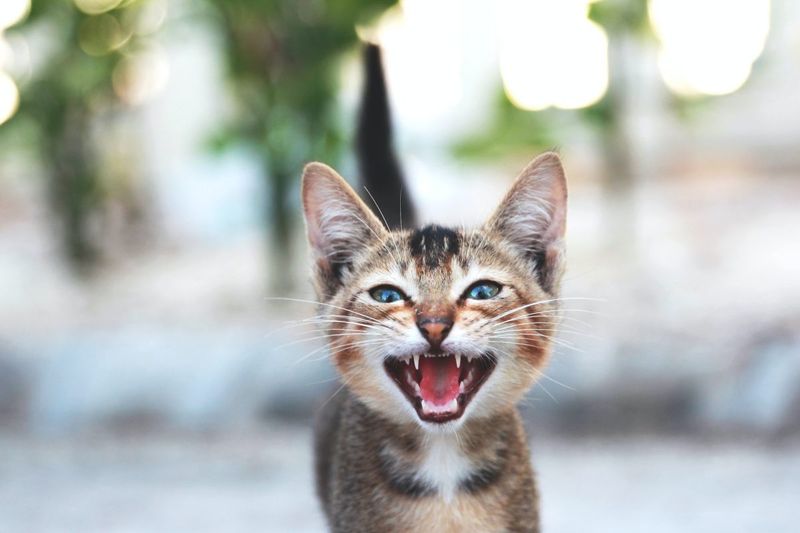
Is your cat a chatterbox, constantly meowing for attention? Excessive vocalization can be a cry for help from a socially challenged kitty. It may be their way of expressing loneliness or seeking reassurance.
To address this, ensure your cat’s environment is rich with stimulation. Interactive toys and regular play sessions can keep them entertained and reduce the need for vocal demands.
Additionally, pay attention to the context of their meows. Are they hungry, bored, or seeking companionship? Understanding the triggers can help you respond appropriately, reducing unnecessary vocalization over time. With the right balance of attention and independence, you can help your cat find its voice in healthier ways.
10. Hiding From Guests
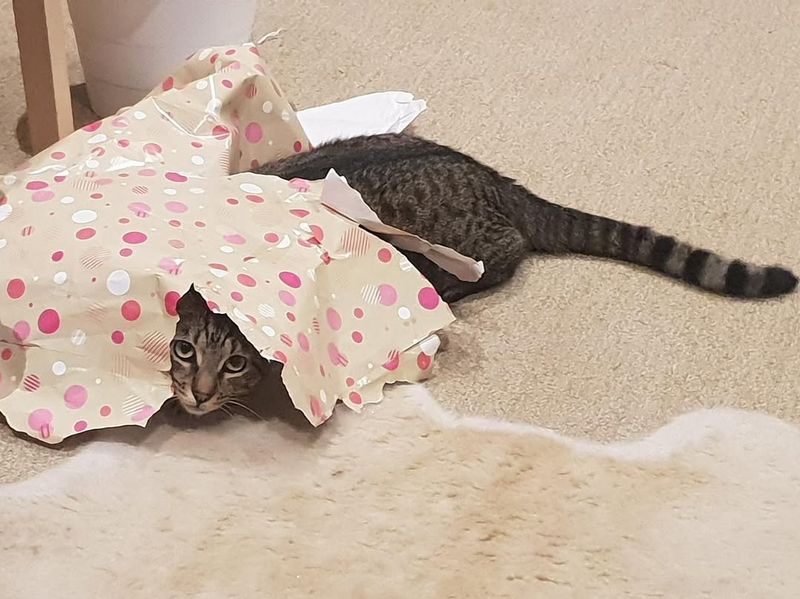
Does your cat make a beeline for the nearest hiding spot when guests arrive? This behavior often signals social anxiety and indicates that your cat might be overwhelmed by unfamiliar faces.
To help your cat feel more comfortable around guests, consider creating a quiet retreat where they can observe from a distance. Gradual exposure to visitors, paired with treats and positive reinforcement, can encourage them to venture out.
Encouraging guests to interact gently and at a slow pace can also help. With time and patience, your cat may become more confident in social settings, swapping their hiding spots for the company of others.
11. Litter Box Mishaps
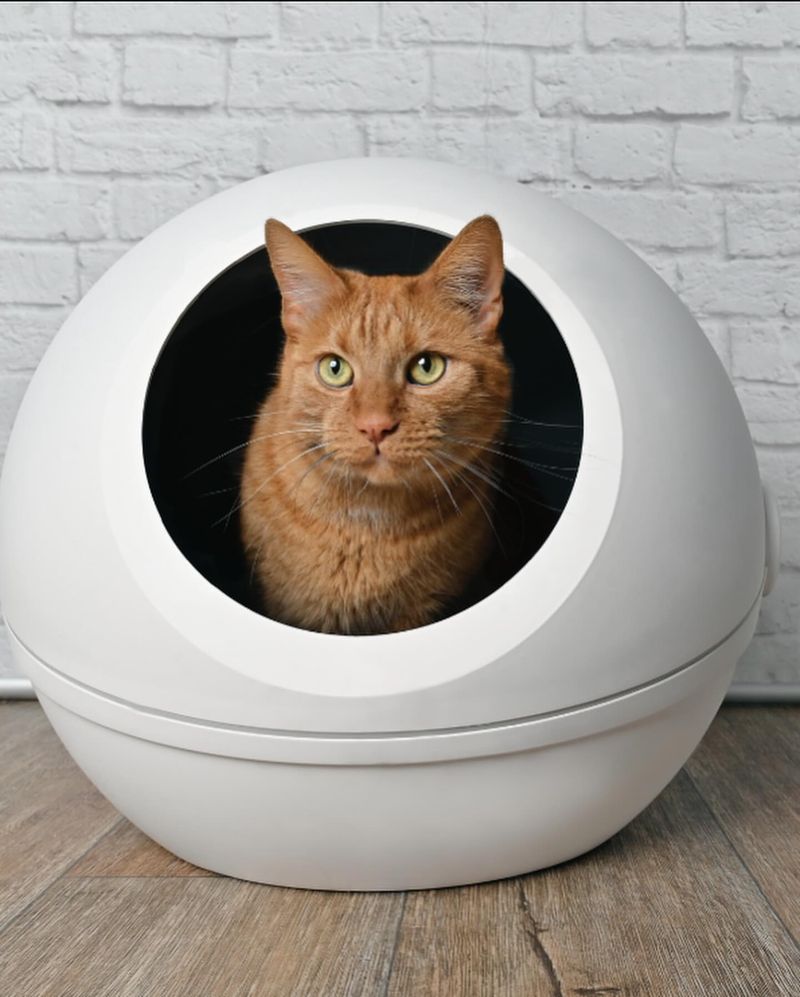
Litter box issues can be frustrating and are often linked to social stress. If your cat is avoiding their litter box, it might be their way of expressing discomfort with their social environment.
To tackle this, ensure your cat’s litter box is in a quiet, accessible location, free from disturbances. Regular cleaning and offering multiple boxes can also help, especially in multi-cat households.
If the problem persists, observe any changes in your cat’s social interactions. Are they feeling threatened or insecure? Addressing the root cause can lead to a more harmonious relationship between your cat and their litter box, restoring household peace.
12. Overeating Or Undereating

Changes in eating habits, such as overeating or undereating, can reflect social stress in cats. Just as humans might reach for comfort food, a socially awkward cat may overindulge or lose their appetite altogether.
Monitor your cat’s eating patterns and consult a veterinarian if you notice significant changes. Understanding the emotional triggers behind their eating habits is crucial for addressing the issue.
Create a calm and stable feeding environment, free from distractions or competition from other pets. With careful observation and a supportive approach, you can help your cat achieve a balanced diet and a happier social life.
13. Constant Yowling At Night
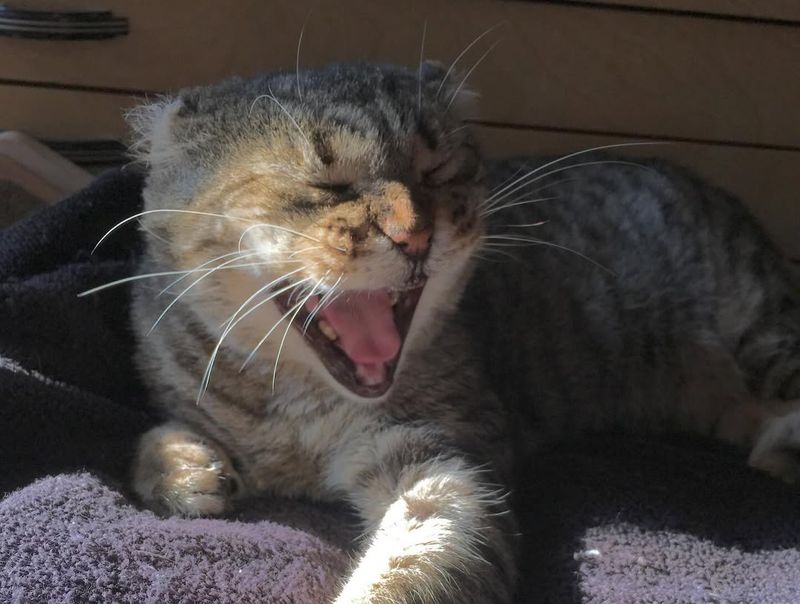
Nighttime yowling can be a puzzling and disruptive behavior, often linked to social challenges. Your cat’s midnight serenades might be their way of seeking attention or expressing loneliness.
To help reduce nighttime yowling, ensure your cat’s evening routine includes ample play and mental stimulation. A tired cat is less likely to seek attention in the wee hours.
Consider providing a cozy sleeping area in your room, allowing your cat to feel secure and connected. Over time, these strategies can help reduce yowling, leading to more peaceful nights for both you and your feline friend.
14. Fear Of Being Touched
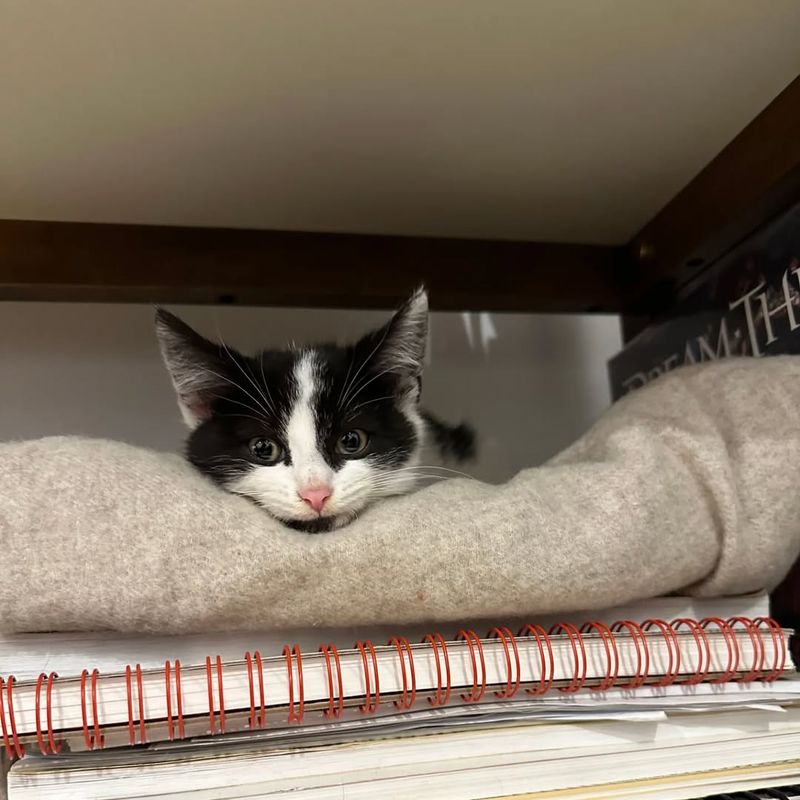
If your cat recoils at the slightest touch, they might be grappling with social anxiety. This fear can hinder their ability to form bonds, leaving them isolated.
To build trust, approach your cat slowly and let them come to you. Avoid sudden movements and allow them to initiate contact when they’re ready.
Using calming techniques, such as gentle strokes and soothing words, can gradually ease their fear. Over time, this approach can help your cat embrace affection, enriching their social experience and building lasting connections.






